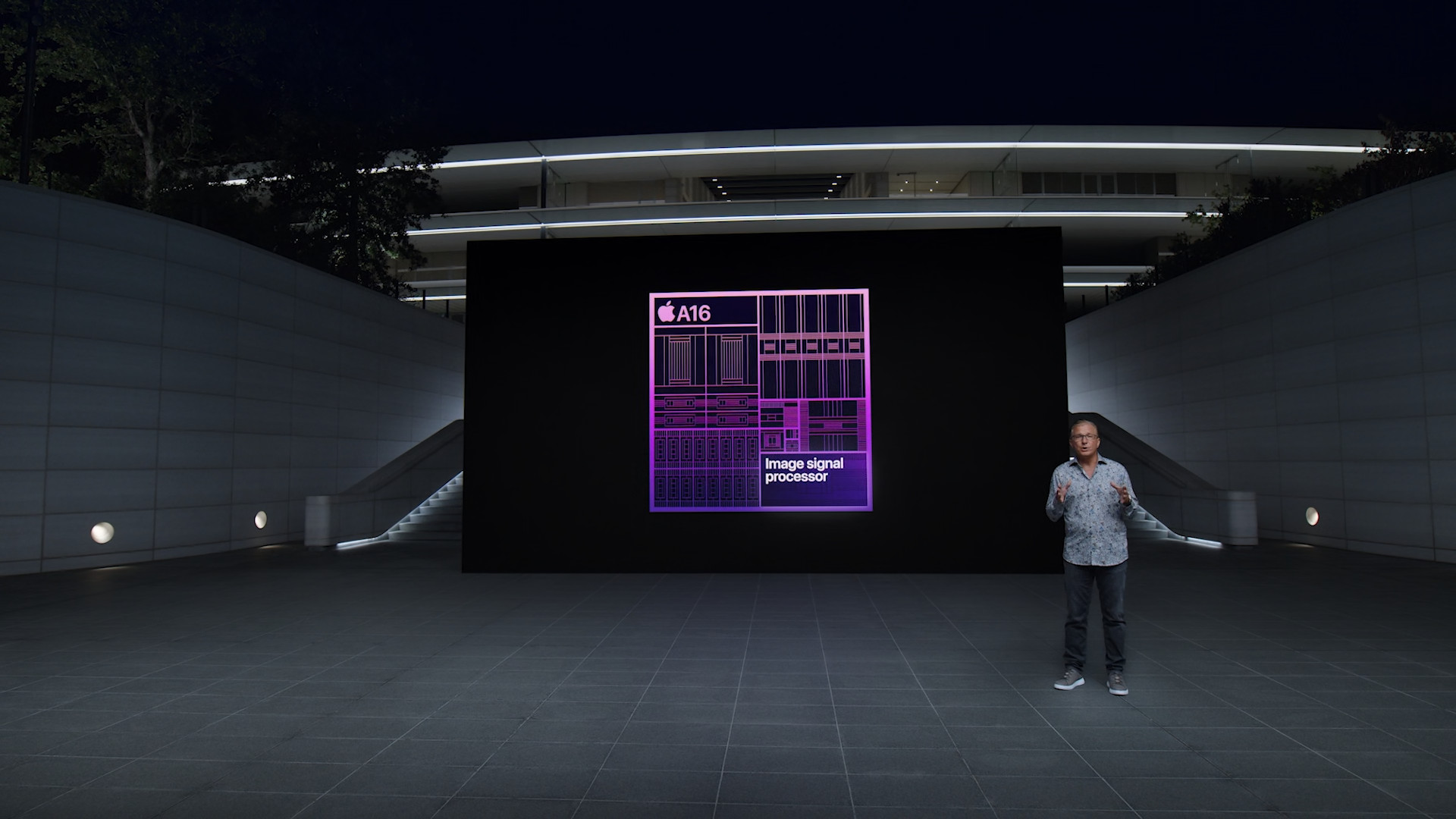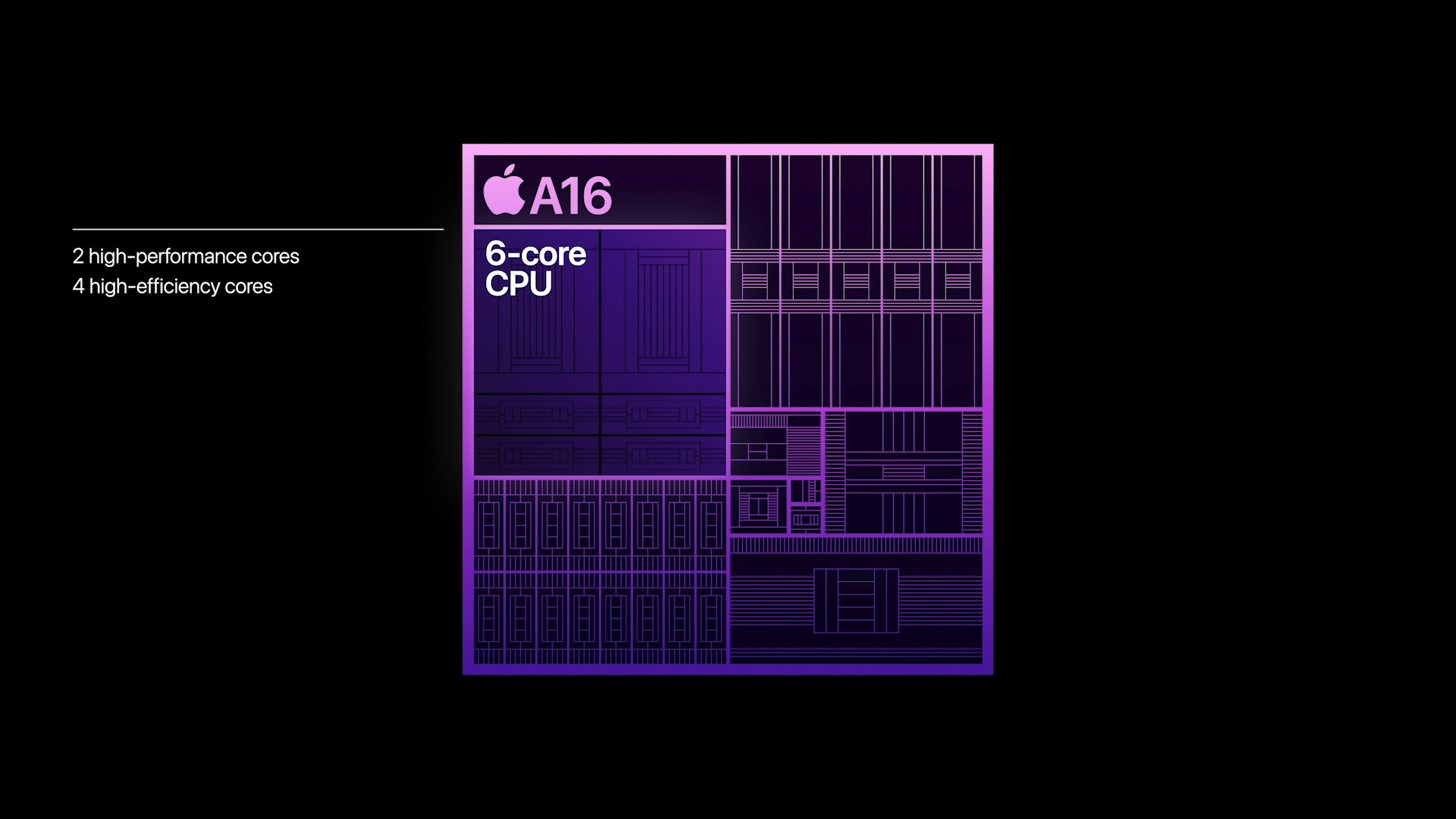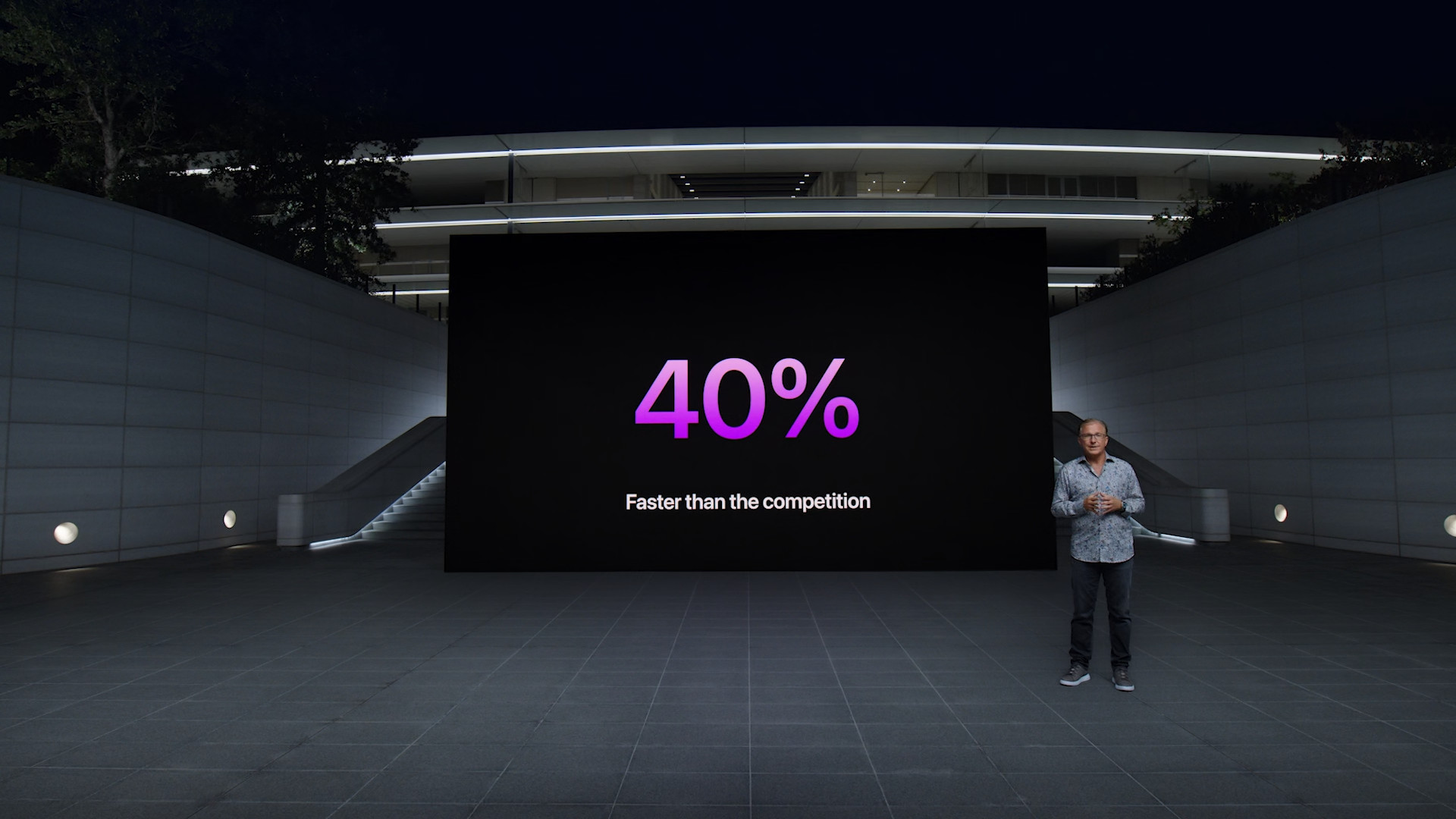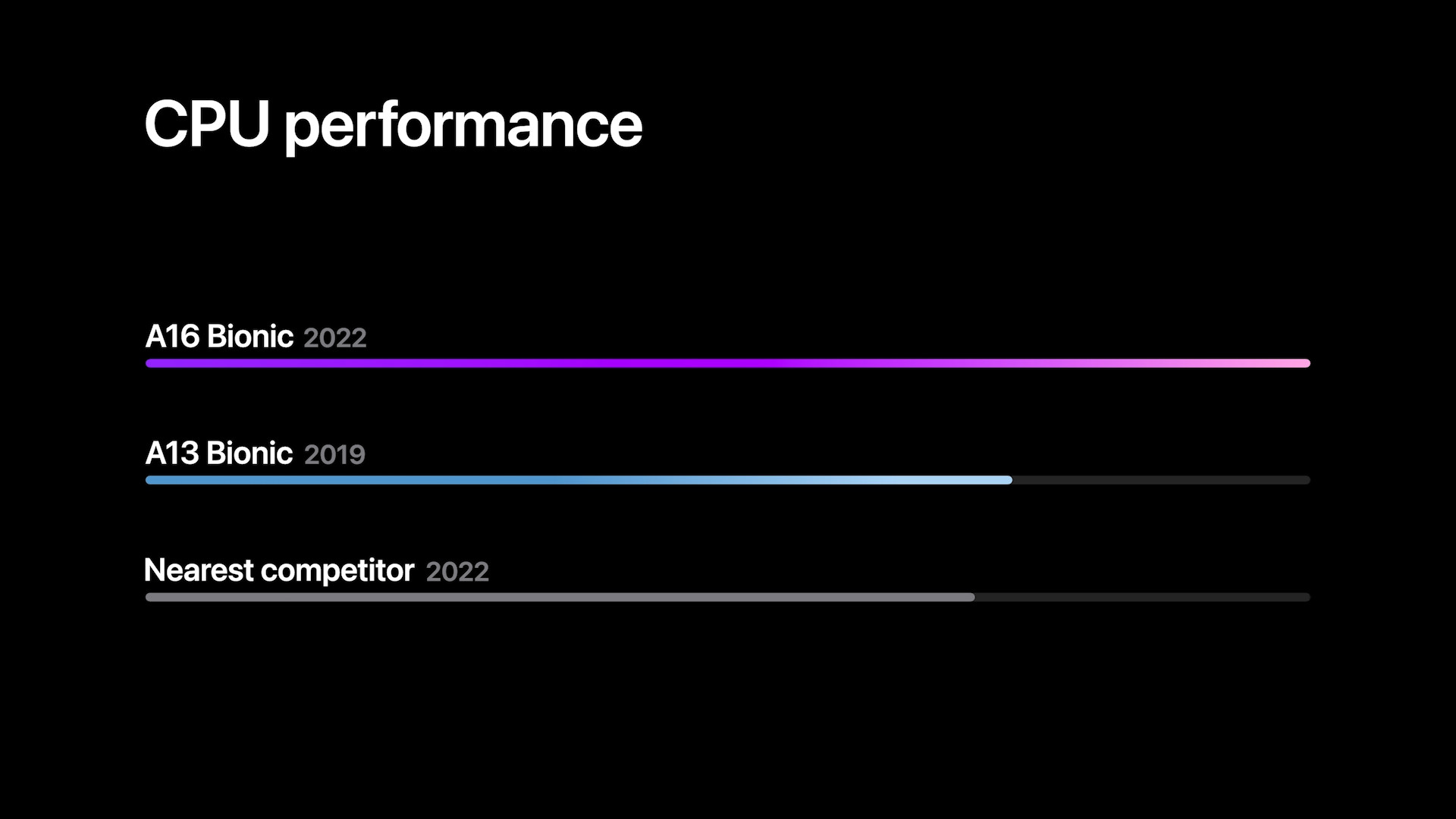The performance of phones is constantly increasing. This can be perfectly seen directly on iPhones, in the bowels of which Apple's own chipsets from the A-Series family beat. It is precisely the capabilities of Apple phones that have advanced significantly in recent years, when they also exceed the capabilities of the competition practically every year. In short, Apple is one of the best in the industry. It is therefore not surprising that the giant, during the annual presentation of new iPhones, devotes part of the presentation to the new chipset and its innovations. However, looking at the number of processor cores is quite interesting.
It could be interest you

Apple chips are based not only on performance itself, but also on overall economy and efficiency. For example, at the presentation of the new iPhone 14 Pro with A16 Bionic, the presence of 16 billion transistors and the 4nm manufacturing process were particularly highlighted. As such, this chip has a 6-core CPU, with two powerful and four economical cores. But if we look back a few years, for example at the iPhone 8, we will not see a big difference in this. In particular, the iPhone 8 (Plus) and iPhone X were powered by the Apple A11 Bionic chip, which was also based on a 6-core processor, again with two powerful and four economical cores. Although performance is constantly increasing, the number of cores does not change for a long time. How is it possible?
Why performance increases when the number of cores does not change
So the question is why the number of cores does not actually change, while the performance increases every year and constantly overcomes imaginary limits. Of course, performance does not depend only on the number of cores, but depends on many factors. Undoubtedly, the biggest difference in this particular aspect is due to the different manufacturing process. It is given in nanometers and determines the distance of individual transistors from each other on the chip itself. The closer the transistors are to each other, the more space there is for them, which in turn maximizes the total number of transistors. This is precisely the fundamental difference.
For example, the aforementioned Apple A11 Bionic chipset (from the iPhone 8 and iPhone X) is based on a 10nm production process and offers a total of 4,3 billion transistors. So when we put it next to the Apple A16 Bionic with a 4nm manufacturing process, we can immediately see a fairly fundamental difference. The current generation therefore offers almost 4x more transistors, which is an absolute alpha and omega for final performance. This can also be seen when comparing benchmark tests. The iPhone X with the Apple A11 Bionic chip in Geekbench 5 scored 846 points in the single-core test and 2185 points in the multi-core test. Conversely, the iPhone 14 Pro with the Apple A16 Bionic chip achieves 1897 points and 5288 points, respectively.

Operation memory
Of course, we must not forget about the operating memory, which also plays a relatively important role in this case. However, iPhones have improved significantly in this regard. While the iPhone 8 had 2 GB, the iPhone X 3 GB or the iPhone 11 4 GB, newer models even have 6 GB of memory. Apple has been betting on this since the iPhone 13 Pro, and for all models. Software optimization also plays an important role in the final.
It could be interest you

 Flying around the world with Apple
Flying around the world with Apple 














